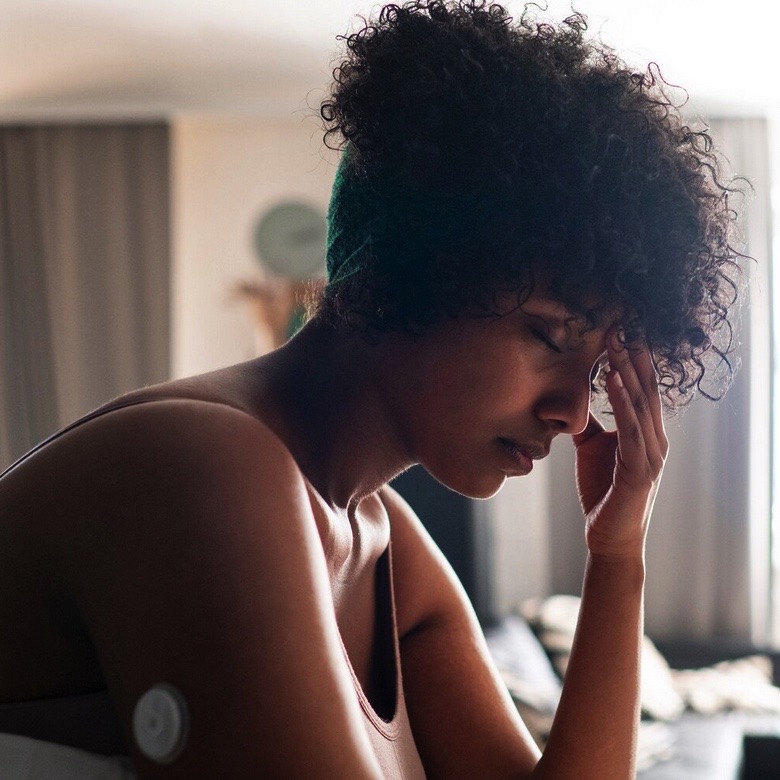Non-pharmacological interventions and coping mechanisms during dysmenorrhea among female undergraduates in a tertiary institution in Nigeria

Submitted: 15 May 2023
Accepted: 19 December 2023
Published: 17 January 2024
Accepted: 19 December 2023
Abstract Views: 864
PDF: 219
Publisher's note
All claims expressed in this article are solely those of the authors and do not necessarily represent those of their affiliated organizations, or those of the publisher, the editors and the reviewers. Any product that may be evaluated in this article or claim that may be made by its manufacturer is not guaranteed or endorsed by the publisher.
All claims expressed in this article are solely those of the authors and do not necessarily represent those of their affiliated organizations, or those of the publisher, the editors and the reviewers. Any product that may be evaluated in this article or claim that may be made by its manufacturer is not guaranteed or endorsed by the publisher.
Similar Articles
- M. CERVIGNI, G. ORTICELLI, M. BOLOGNA, F. NATALE, E. SALVATORI, G. DI LORETO, P. DIONISIO, SINGLE-DOSE PRULIFLOXACIN VERSUS SINGLE-DOSE PEFLOXACIN IN THE TREATMENT OF ACUTE UNCOMPLICATED URINARY TRACT INFECTION IN WOMEN , Urogynaecologia: Vol. 17 No. 2 (2003)
You may also start an advanced similarity search for this article.

 https://doi.org/10.4081/uij.2024.310
https://doi.org/10.4081/uij.2024.310




